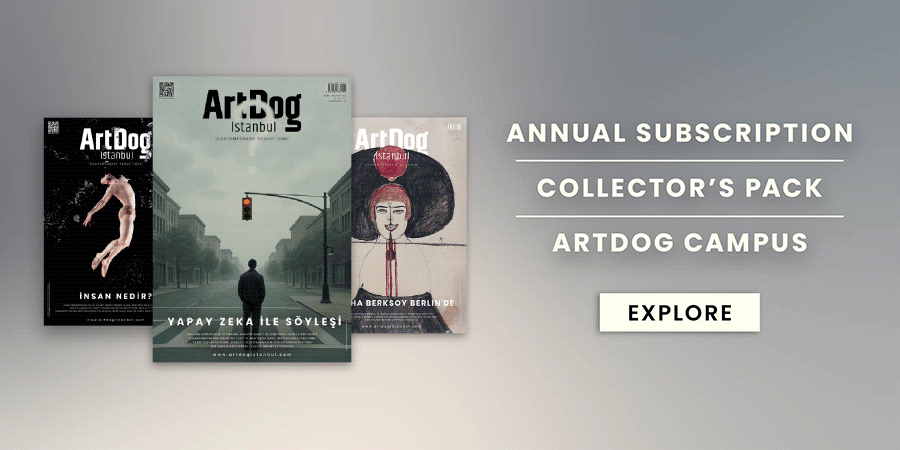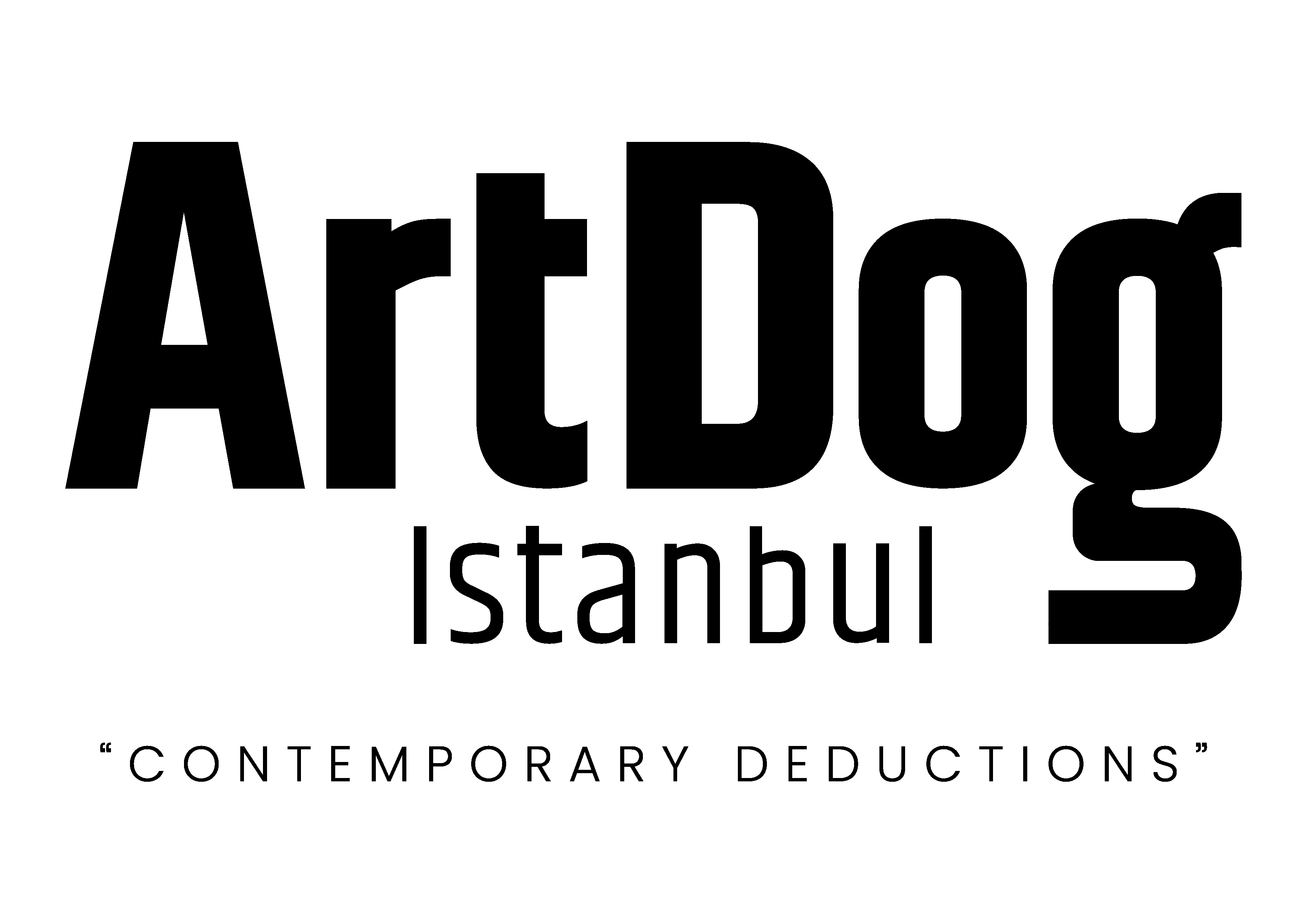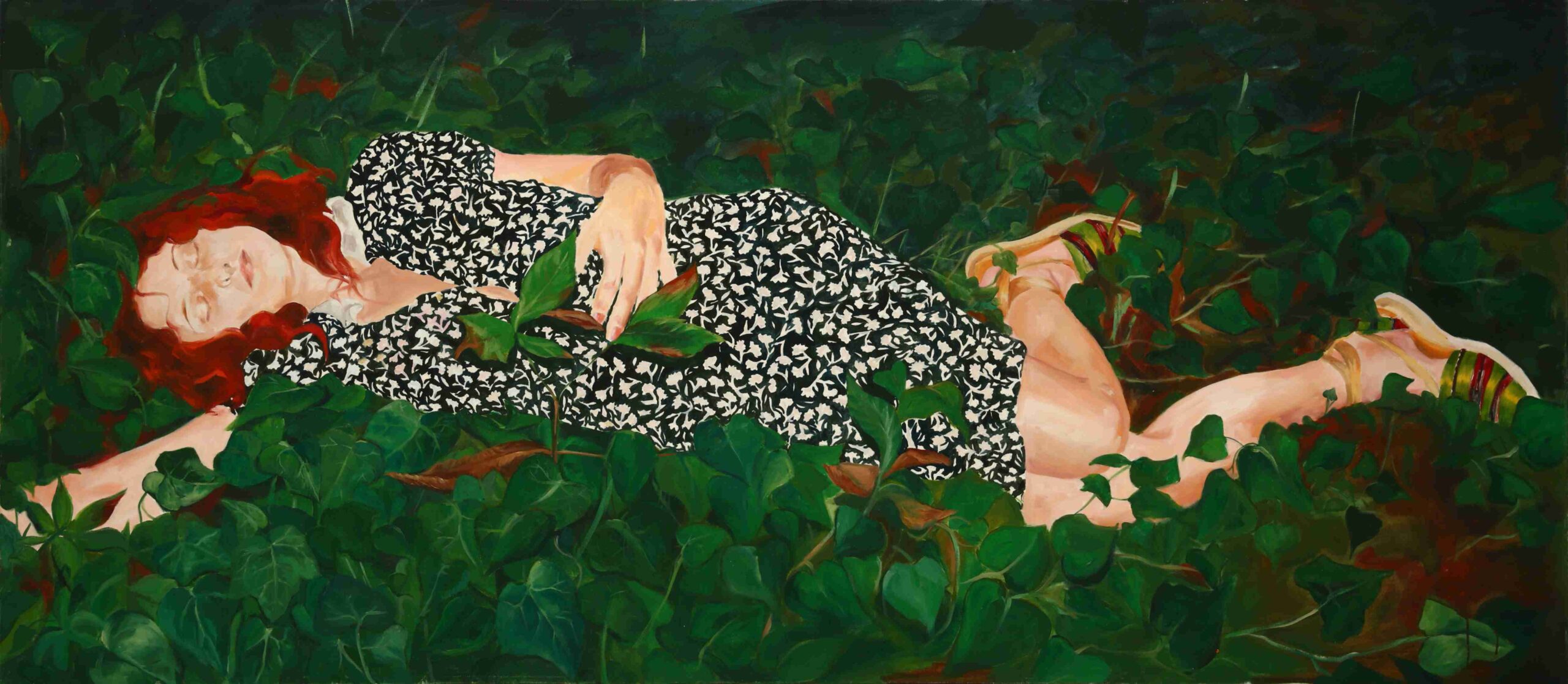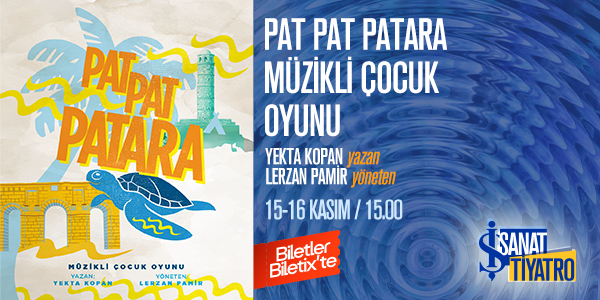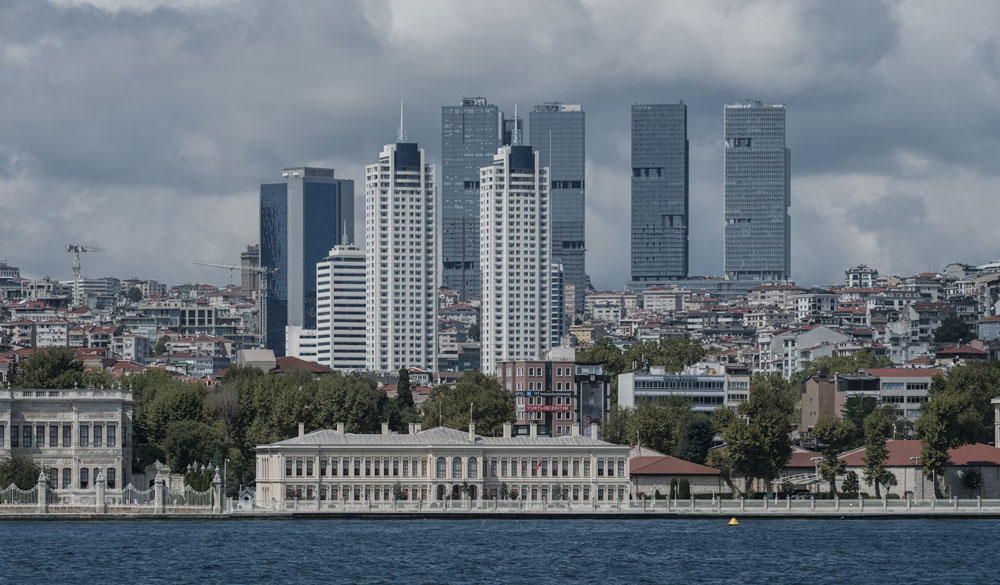Yapıkredi Arts and culture hosts Fulya Çetin and İlhan Sayın’s exhibition. The second edition of the exhibition series Together focuses on two Istanbulite artists of the same generation, who have been active since the 1990s: Fulya Çetin and İlhan Sayın. Presenting urban and natural landscapes, animal and human portraits, abstractions, and objects, the artists create open-ended works that invite the viewer’s imagination. Connected through shared themes, similar perspectives, and a long-standing bond of friendship, the artists converge in their artistic approach and subject matter despite their differing formal choices. The most striking common feature in their practice lies in their subtle yet thought-provoking exploration of human domination over nature. Rooted in painting yet extending beyond it, these works invite the viewer to a magical realm where plants and animals also possess agency. The artists engage with contemporary social issues such as gender inequality, environ- mental injustice, and colonialism, distilling them into a delicate, minimal, and personal artistic language.
The display method in the exhibition series Together, developed as a response to Yapı Kredi Gallery’s architecture, combines individual and dual exhibition modes. Two floors are dedicated to solo exhibitions, while the “white cube” in the central area hosts both artists together, offering a shared platform that highlights their conceptual connections. Creating a space to explore the works of artists with parallel research themes and artistic expressions, Together, in this edition, reflects on the intricate web of relationships humans have built with nature, the city, and one another. In his exhibition The Night of the Deer, inspired by Turgut Uyar’s poem with the same title, I·lhan Sayın focuses on the resilience of nature, transience of time, and architecture, while Fulya Çetin presents an ecofeminist vision in Daydreams, drawing from the shared struggle of women and nature to exist. Both artists engage with difficult topics through a subtle, simple, and sensitive approach. In her painting Bouquet (2016), Fulya Çetin gives visibility to male violence, whereas in Hammam (2022), İlhan Sayın brings the issue into the present with the addition of graffiti, confronting us with the reality of our own impermanence as humans.
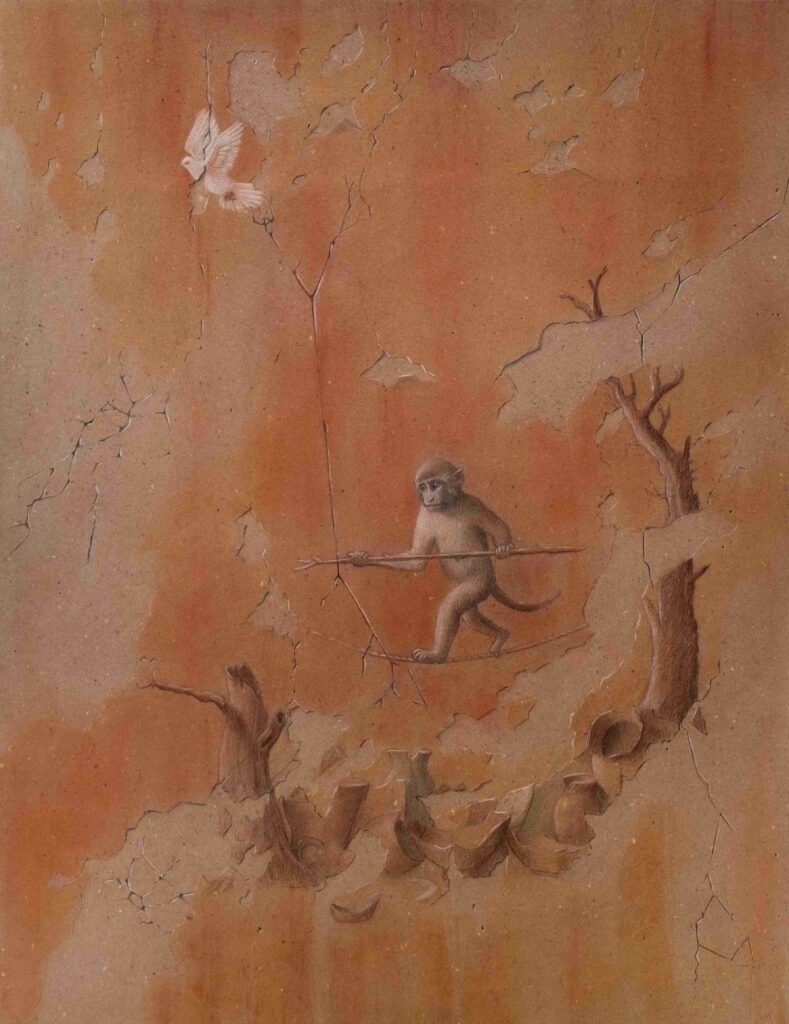
The artists are interested in the aesthetics of the worn-out and decrepit. In Leftover (2009), Fulya Çetin recounts a past event by painting a pair of sad, high-heeled boots left in the corner of a ramshackle building. Fire, demolition, explosion, or earthquake—we do not know what happened, but we are united by a feeling of shared grief through the images ingrained in our collective memory. Lovers, abandoned objects, or plants— whatever her subject may be, Fulya Çetin’s works create a sense of empathy embracing the viewer with their warmth. This stems from her deep engagement in reading, feeling, and internalizing the themes she works on, as well as her genuine connection to life and to herself.
Like Fulya Çetin, İlhan Sayın searches for the aesthetics of the worn-out, rundown, and broken. In his vision, the realities of the past and the present are in constant clash—yet this is never expressed in the language of violence. Instead, İlhan Sayın constructs a world of subtle irony through juxtaposed situations, building timeless universes. In his series Book of Birds (2024-2025), cracked walls with peeling paint evoke the past, yet perhaps this is a day in the future rather than the past. İlhan Sayın’s interest in ruins is tied to his critical perspective on humanity’s pursuit of eternal existence. His compositions, quiet and reflexive, explore contradictions.
When we look at Fulya Çetin and İlhan Sayın’s artistic productions in juxtaposition, another common theme emerges: portrait painting. Sayın depicts glittering, idiosyncratic figures who shine on stage with their talent, such as Aysel Gürel, Björk, Bergen, and his musician friend Kani. Aysel Gürel’s oversized, colorful sunglasses, the flower Kani tucks behind their ear, Björk’s voluminous hair, and Bergen’s signature eye makeup… İlhan Sayın chooses to paint these powerful figures softly rather than in a bold style, avoiding to define them with clear-cut lines. Therefore, he adopts a light and colorful manner that accentuates their intense gaze. While İlhan Sayın’s work is primarily associated with landscapes and urban scenes, he has intermittently returned to portraiture throughout his practice since the beginning, as seen in unconventional works such as ‘99 (1999) and Broken Portrait (2024). On the other hand, portraits hold a more prominent place in Fulya Çetin’s practice. In her early works from the 1990s, she depicts her son and creates self-portraits. Since the 2000s, however, she has shifted her focus to her close circle—faces encountered by chance, friends, lovers… They are individuals who represent her chosen family.
Sometimes, we are face to face with a woman who is about to set her long, red hair on fire with a lighter in her hand. At other times, we encounter a young boy holding a bouquet of lilies, or a couple laughing mouth to mouth. Sometimes, we see lovers tenderly touch one another, or a person lying on the grass, gazing at the sky. And other times, we see a mysterious figure in a bird costume… Fulya Çetin’s portraits are not mere depictions of faces; they are infused with a feeling and a state, which at times appears as resistance, and at other times, as love, or trust. She also highlights the relationships between animals and humans, or humans and nature. Fulya Çetin’s focus gradually shifts from people to nature, which gives life to striking large-scale works that can be referred to as plant portraits, such as Hollyhock (2023).
In addition to common aspects between artists, the Together exhibition series also explores their differences, or different ways of coming together. This time, Together takes a new path. In the first edition in 2023, two artists, Sena Başöz and Noor Abuarafeh, were paired up without ever having met or seen each other’s works until the exhibition invitation. This time, however, the artists have known each other for a long time—worrying together, celebrating joyful moments.

